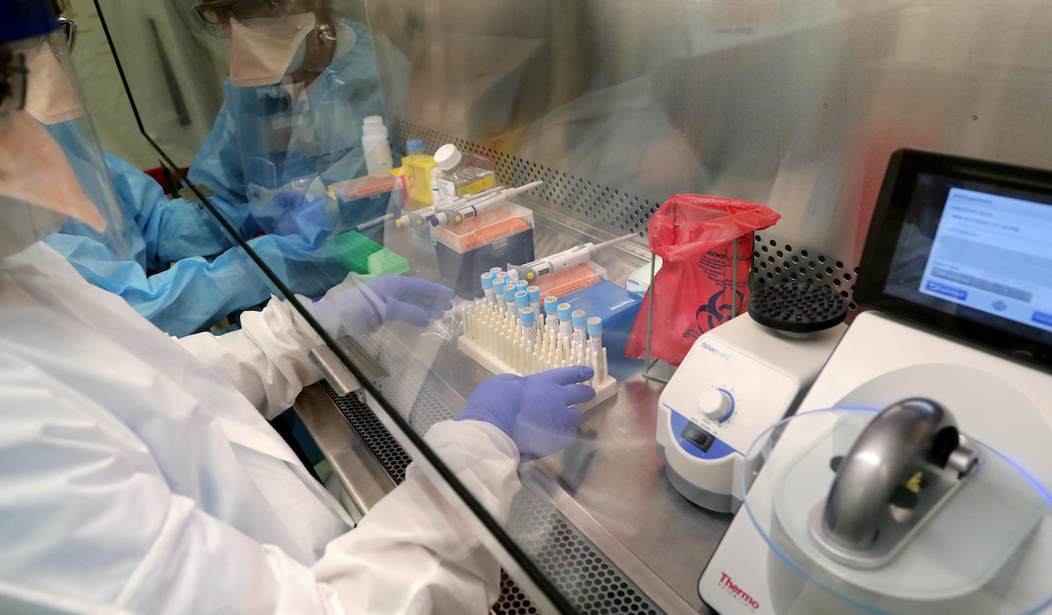The omicron variant of COVID-19 was bad. It was an advanced life form compared to the delta variant. It evaded antibodies created by vaccines and became one of the most contagious viruses in history.
But it was far less deadly and caused far fewer serious illnesses than other variants. Now another variant is cropping up, and it’s a variant of a variant. And since omicron is itself a variant, the new variant is a variant of a variant of a variant.
Researchers are dubbing it the “BA.2 Subvariant,” and it carries the potential to panic public health authorities right back into COVID restrictions.
Evidence so far suggests BA.2 is some 30% more infectious than its cousin, the BA.1 subvariant that kicked off the omicron wave in southern Africa in November 2021. In South Africa, BA.2 has accounted for 82% of cases so far in February, according to health authorities in that country.
Overall, BA.2 accounted for 35% of COVID-19 virus samples whose genomes were recently submitted to the global Gisaid database, according to a Gisaid update released Tuesday.
Studies so far suggest that both types of omicron pose about the same risk of severe disease in humans. That risk is lower than last year’s delta variant, but with so many people getting infected, the death toll from omicron is still high.
The question should be asked: what’s the big deal? For those who are vaccinated, the BA.2 subvariant won’t even be noticeable. If you’re not vaccinated and you’re relatively healthy, you probably have nothing to worry about.
Early studies suggest that vaccines and booster shots work equally well in both omicron types in preventing serious illness. A study by the U.K. Health Security Agency found both types could easily get around the immunity of people who had received their full primary course of vaccination at least six months earlier. But a booster shot restored protection against symptomatic disease from both variants, to 69% for BA.1 and 74% for BA.2.
Still, some initial research in test tubes and animals leaves room for concern that BA.2 might be more harmful. A team led by Kei Sato at the University of Tokyo found that BA.2 had an easier time invading the cells in the lungs of hamsters compared with BA.1.
I’ll make sure to quarantine my hamster so the poor dear stays safe.
The question isn’t whether we should ignore the variants and go about the business of living. It’s whether we will allow public health bureaucrats to once again make decisions for us that are rightly left to individual adults.










